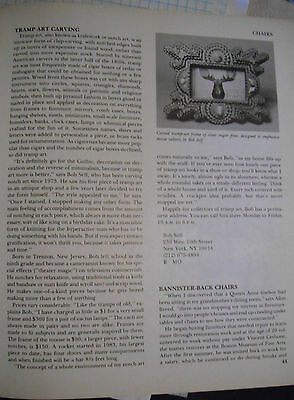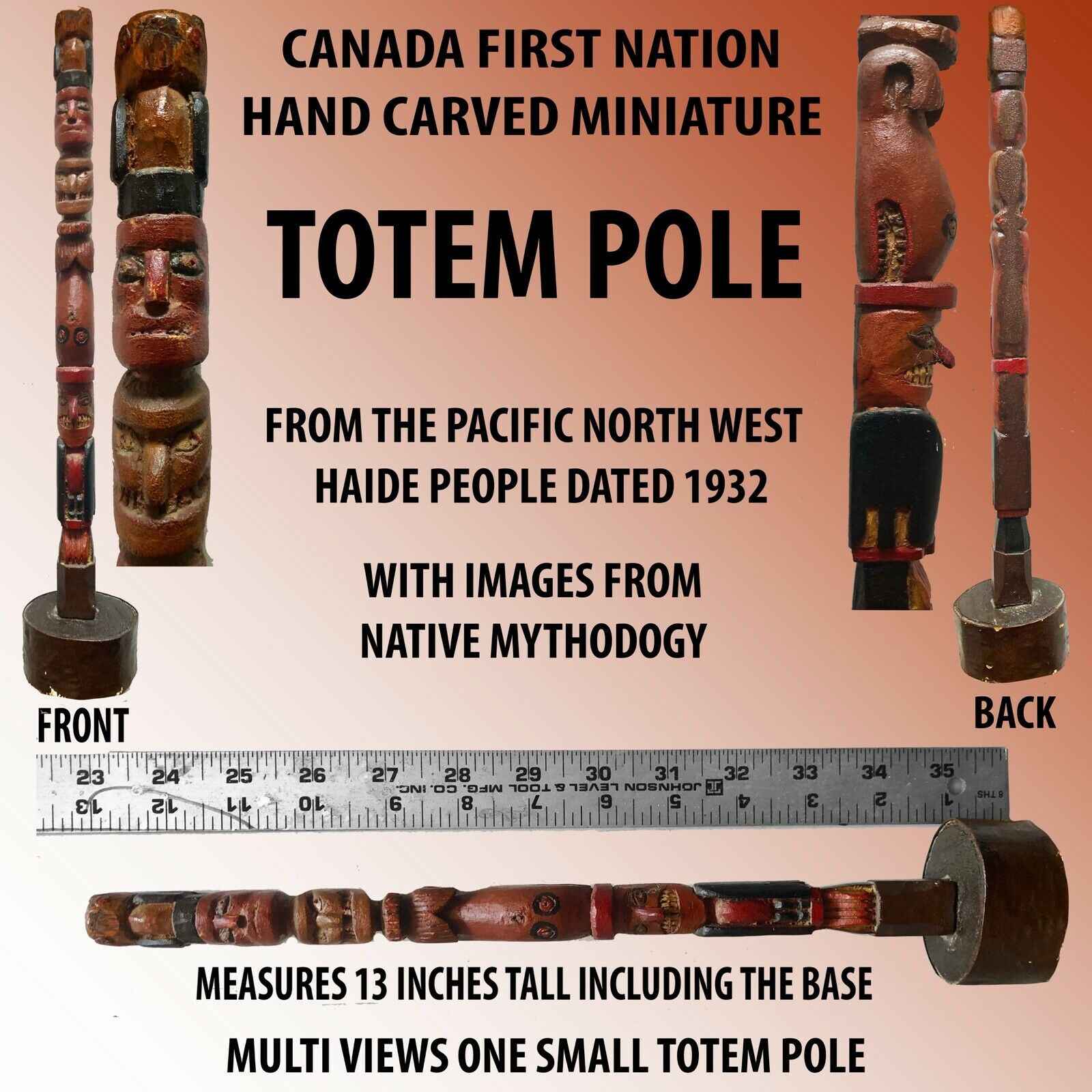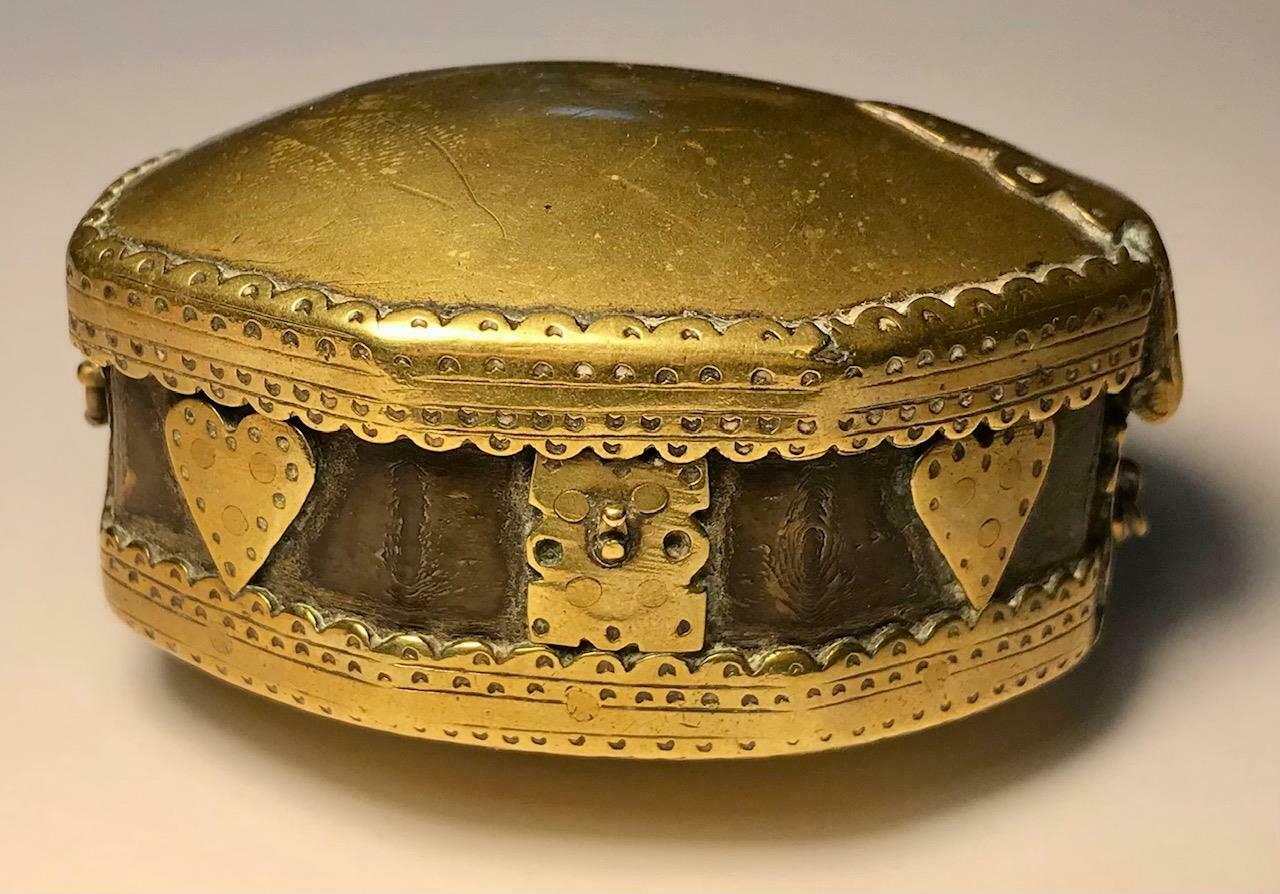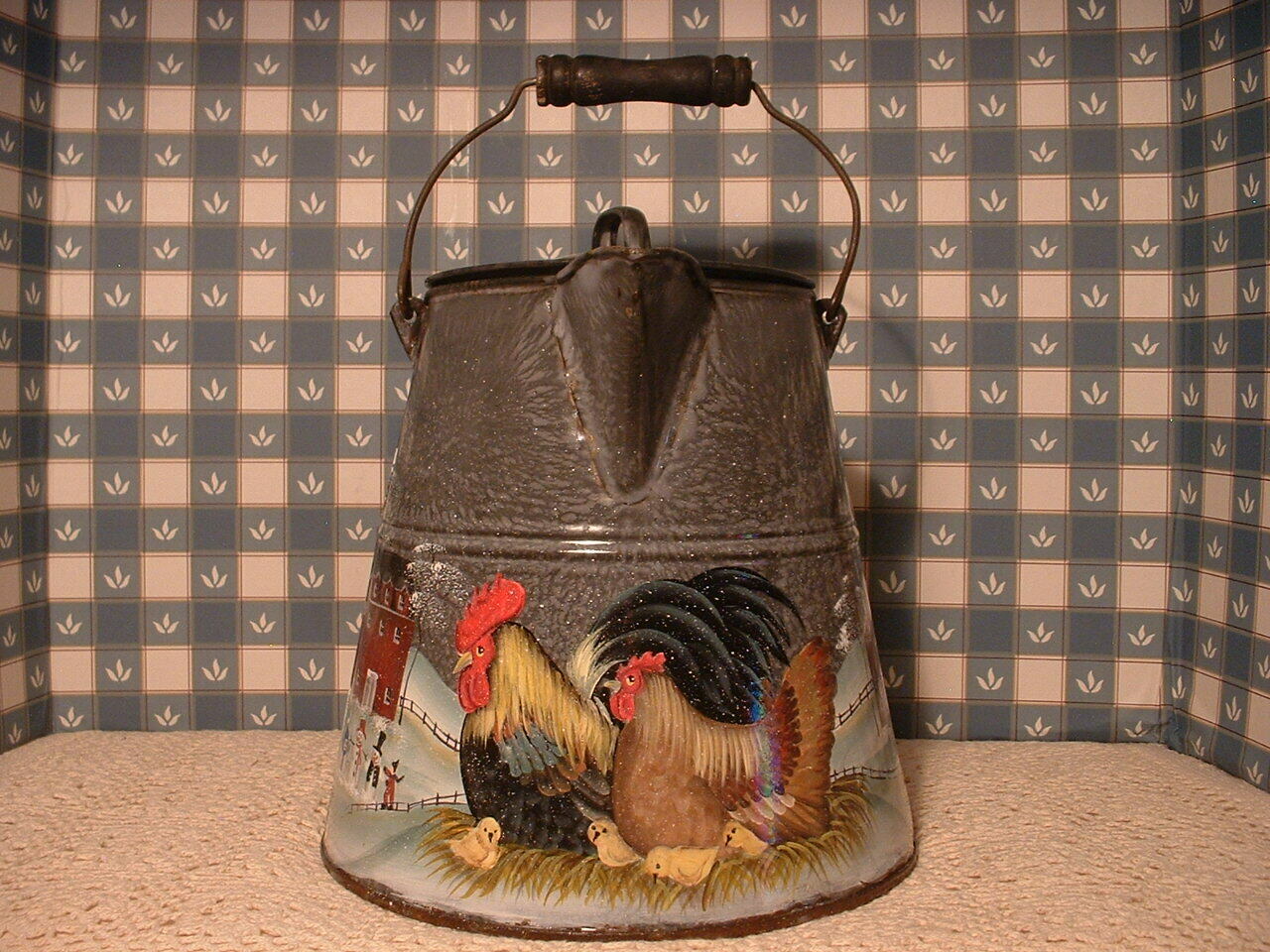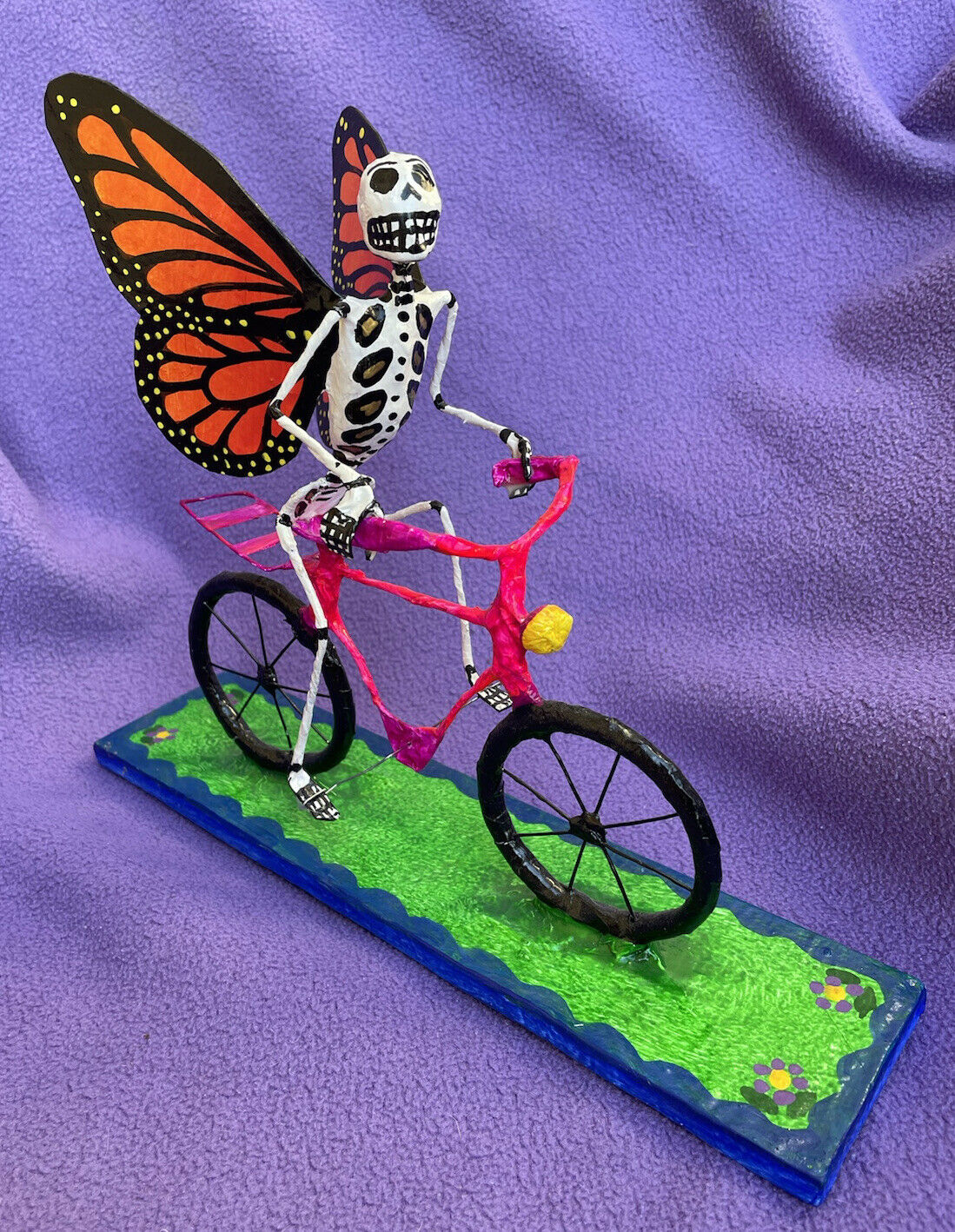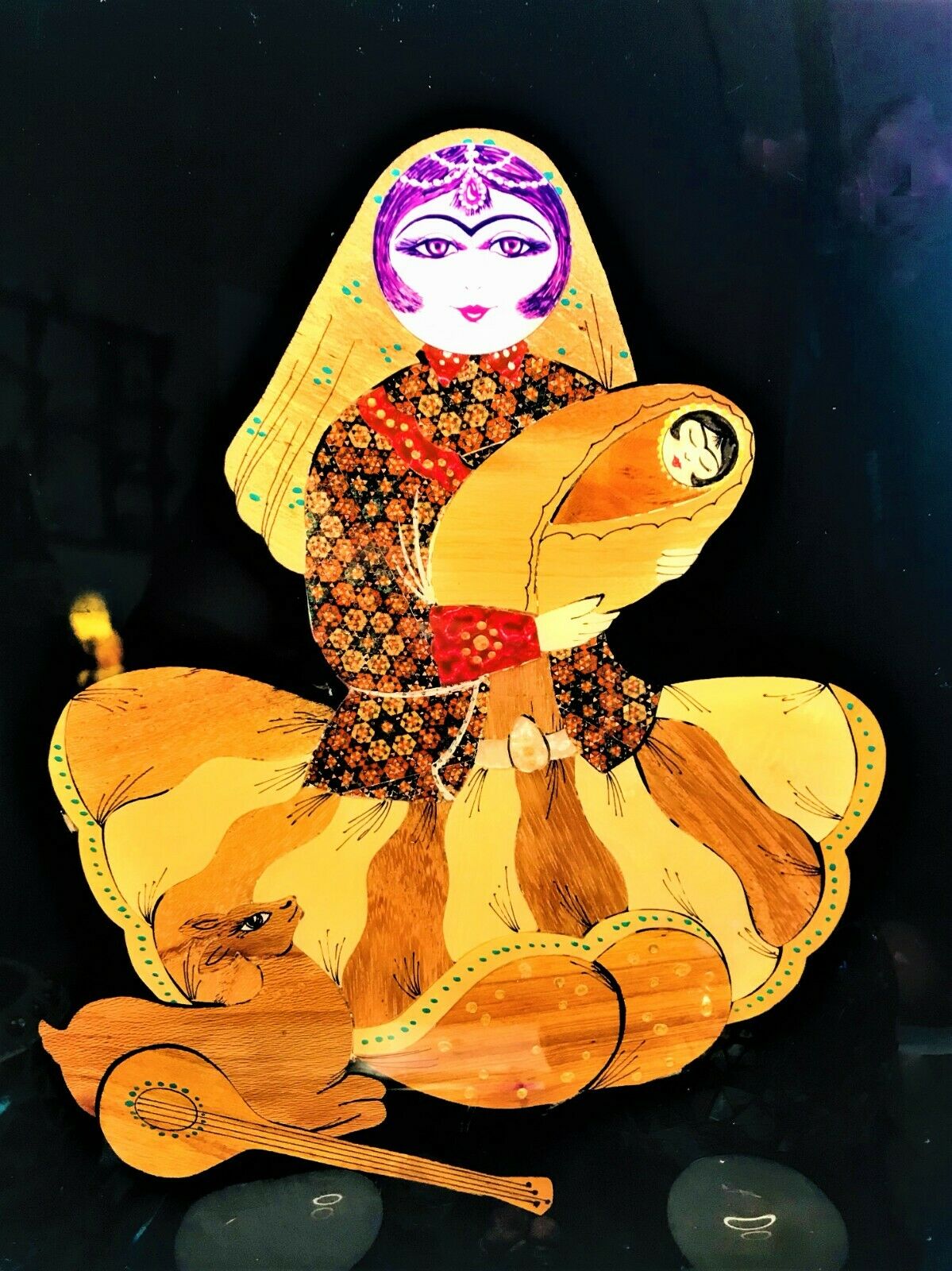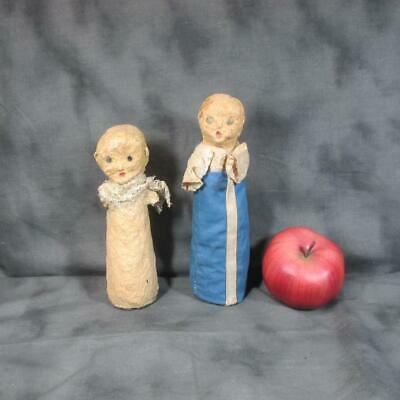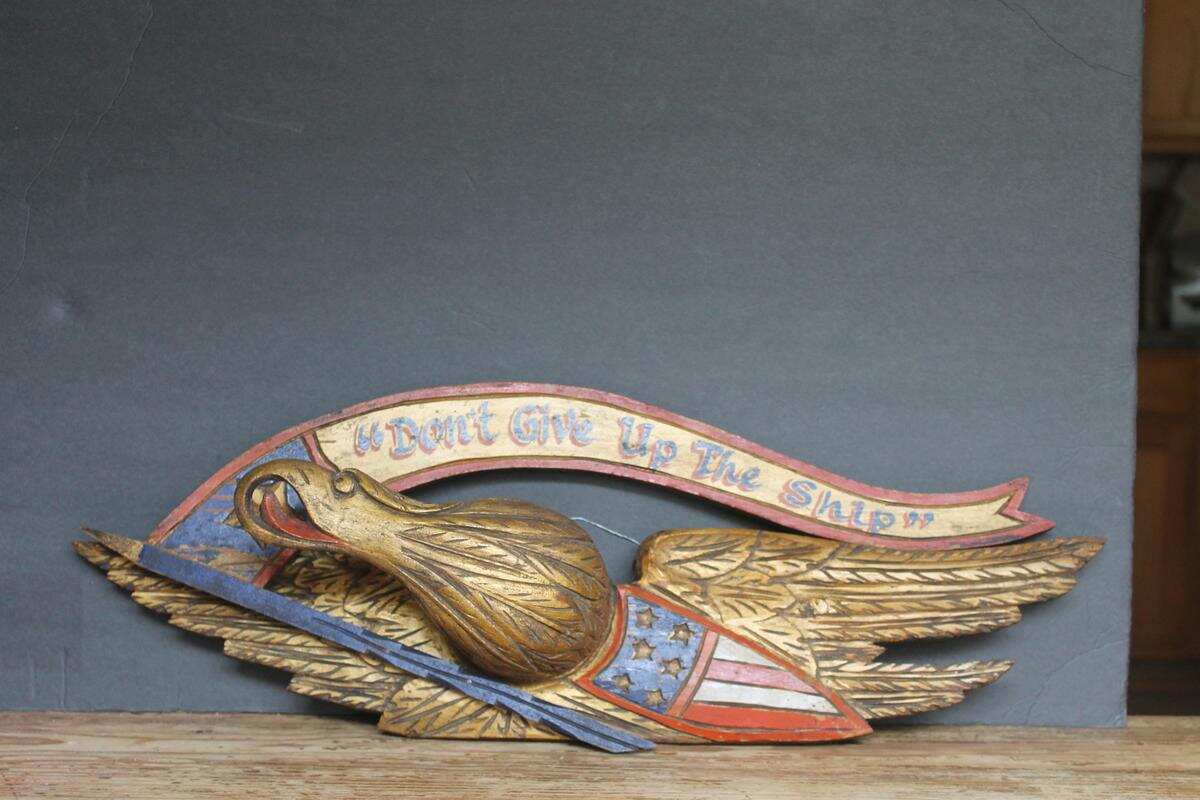-40%
Authentic Bob Self Tramp Art Frame With Pirate Print
$ 25.87
- Description
- Size Guide
Description
Authentic Bob Self Tramp Art Frame With Pirate PrintFrame Measurement
Width                                              9 ¼ inches
Height                                             7 inches
Depth                                              1 1/2 inch
Image
Width                                              5 ½ inches
Height                                              3 ½ inches
Item Description:
This is a wonderful piece of Folk Art; it is a custom chip art frame that Bob Self (1946- 2004) a published tramp artist (among many talents) created for this pirate print. Four-layer chip carving, many, many notches nice and rich in texture. This chip carving has a unique style, a use of what appears to be veneer between layers to emphasize the wave pattern. It is 1 1/2” inches deep, it is made all out of found wood (an important part of Bob’s work, it had to be constructed from found wood). The print shows some rum loving pirates quoted “Behold these bilge-rats with a feelin’ o’ sadness: Rum-sponging’ be naught but self-willed madness.”
Sadly, the lab puppy Bob had at the time managed to knock off the shelf, so it has cracked glass face and some splits in the wood. Needs some tender loving care.
See photos for condition and composition.
I have included some images of his published work and have given an excerpt from his contribution to
Crafts of America
by Constance Stapleton, and some other interesting information about these avid collectors and the talented Folk Artist Bob Self.
I think they need to be appreciated and I do not have the space to display them. Take this opportunity to have an original artwork from this published Tramp Artist. Please email with any questions or info.
I have been collecting artifacts for over 28 years and I have been a member of the EBay community since 1998 Please Bid with confidence.
You can find Bob Self in
Crafts in America
By Constance Stapleton 1986 and
One Notch at a Time
by Clifford A. Wallach 1998
You can find Pie Galiant in the Directory of Restorers in the book
Collecting American Country
by Mary Ellisor Emmerling. 1983
New York Times
Thursday August 16th, 1984 Hanging fine old Quilts…
The article also providing her as source for quilt restoration. And Bob Self for frame construction for hanging quilts.
· Buyer info:
Packaging and shipping is done with care and completed in an expedient manner, shipping days are Tuesday and Thursday for gas conservation. If you have a special request we will do our best to adjust the schedule to accommodate your schedule.
· Combined shipping is not always available due to the delicacy of an artifact. Multiple items will be packaged in a single box only when possible without potential damage to an object.
· It is my intention to be as clear and accurate as possible. In the event I make an error, I will always do my best to remedy the situation.
· Please feel free to contact me with any questions. Please read the item description and submit any questions you might have for clarification of the item for sale prior to bidding. I can provide additional photos at the buyers request to assist you in your purchase.
· Buyer should contact me within 3 days of auction ending, this assists in the expedient shipping.
· Payment must be received within 5 days of auction ending.
Origin:
Tramp art also known as knife work or notch art, is an intricate of chip carving with notched edges Built up in layers of inexpensive found wood, rather than carved into more expensive stock. Started by the itinerant American carvers in the later half of the 19
th
century, tramp artists more frequently used cigar boxes made of cedar or mahogany that could be obtained for nothing or a few pennies. Wood from these boxes was cut with any sharp instrument into circles, squares, triangles, diamonds, heart’s stars, flowers, animals, patriotic and religious symbols than built up in a pyramid fashion in layers glued or nailed in place and applied as decoration on everything from frames to furniture: mirrors, comb cases, boxes, hanging shelves, easels, miniature pieces, small scale furniture, humidors, banks, clock cases, lamps or whimsical pieces crafted for the fun of it. Sometimes names, dates and letters were added to personalize a piece, or brass tacks used for ornamentation. As cigarettes became more popular than cigars and the number of cigar boxes declined, so did tramp art.
“it’s definitely go for the gothic, decoration and the reverse of minimalism, because in tramp art more is better,” says bob self who carved notch art for over 30 yrs. He saw his first piece of tramp art in an antique shop and a few years later decided to try the form himself. : The style appealed to me,” he says. “Once I started, I stopped making any other form. The main feeling of accomplishment comes from the amount in notching in each piece, which always is more than necessary, sort of like icing on a birthday cake. It’s a masculine form of knitting for the hyperactive man who has to b doing something with his hands. But if you expect instant gratification it won’t thrill you because it takes patience and. time”.
Born in Trenton, N.J., Bob left school in the 9
th
grade and became a cameraman known for his special effects (“theater magic”) on TV commercials. He notches for relaxation. Using traditional tools (a knife, or band saw, or matt knife and scroll saw, he makes one of a kind pieces from scrap wood because he gets bored making more than a few of anything.
“the concept of a whole environment of my notch art comes naturally to me,” says Bob, “as my home fills up with stuff. If you have ever seen how lonely one piece of tramp art looks …… think of a whole house and yard of it. Every inch covered with notches. A crackpot idea probably, but that’s never stopped me yet…..” from the publication
Crafts in America
When Bob moved into his last residence his living room had a vaulted ceiling with exposed beams and tie beams with lots of woodwork, he dreamed about chip carving the interior and adding embellishments to all the built in shelves etc. however he became too ill to create his masterwork. He had been focusing on creating shrines that incorporated his knife work; it started as a process for his grief; when his beloved wife Pie Galinat died he created a tramp art shrine for her and then began to explore this expression of his art. They lined a shelf along the living room that had many pieces of his work as he enshrined himself in his art. Many of his chip artworks the last puppets and other creations from APA Studios where he worked with Lee Howard and created their “Theater Magic”.
“
From APA , an animation and special effects studio, owned by Lee Howard and Bob Self. Bob Self’s career included work for hundreds of clients such as NBC, General Motors, Centrum Vitamins and Nuprin. A set of familiar puppets he built for Mr. Rodger’s neighborhood hang on the wall.” A caption from a photograph from the same article (see photo) “puppet faces at right are among the props found at APA, an animation studio that leases space at Pyramax” from the publication
News Journal Daytona Beach 1987





